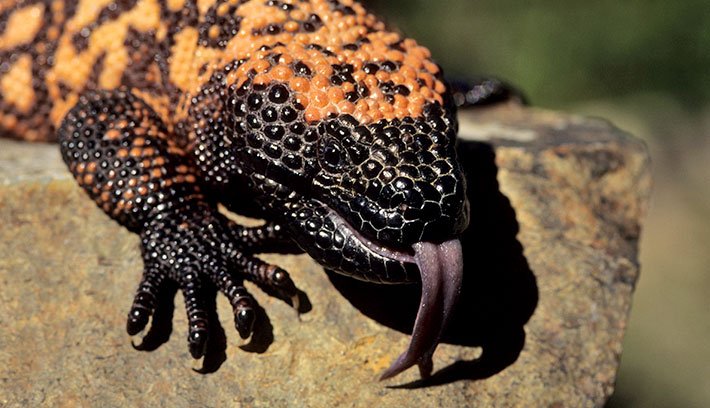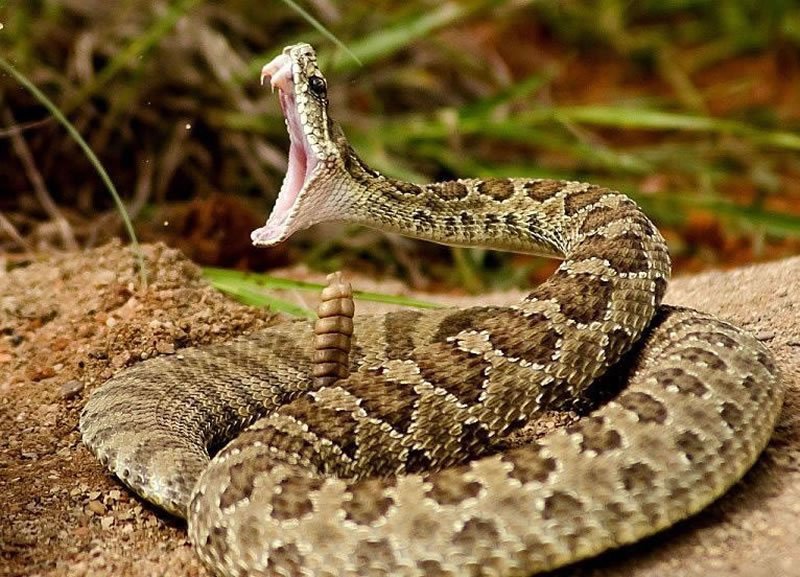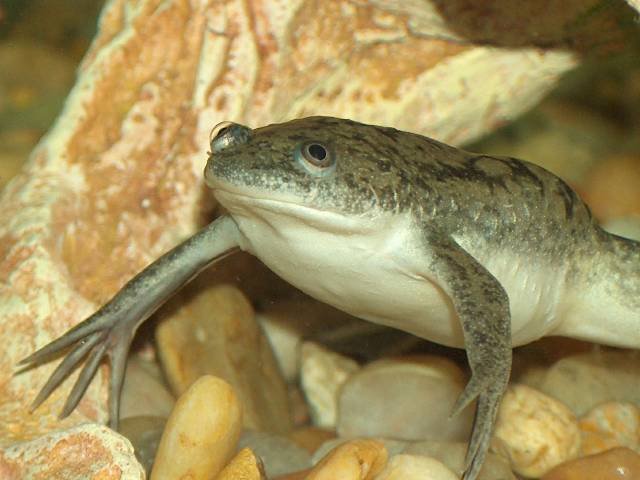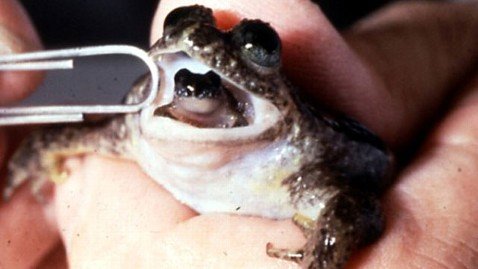Attention: This post has been written by @herpetologyguy
In recent years, the conservation movement has really amped up, and now many people around the globe are striving to make positive changes to save the natural world. Due to habitat loss, poaching, over-hunting, pollution, climate change, disease, and a host of other threats, thousands of species worldwide are threatened or endangered, and reptiles and (especially) amphibians are on that list. Fortunately, public concern and intervention is on the rise, with countless people giving their time, energy, and resources to aid in protecting these vulnerable species.
But even now there are many others who still ask themselves, “Why all the effort to save these species? How does it even affect me?” These questions may sound selfish at first, but with the daily hustle and bustle of our lives, it’s hard to find the time to be concerned over an endangered South American tree frog or a giant Galapagos tortoise.
And while it would be a shame to lose these amazing animals, would it really, truly affect our day to day lives?
Absolutely.
Whether you realize it or not, reptiles and amphibians save thousands of human lives each year. The toxins and venoms produced by herptiles have been used in a huge variety of medical applications with astounding success. Just a few of these applications include:
Painkillers: The toxins of Tricolor Poison Dart Frogs are used to create non-addictive painkillers 200 times more effective than morphine.
Diabetes Treatments: The venomous saliva of the Gila Monster is a major component of Byetta, a drug used for the management of type 2 diabetes.
Heart Attack and Stroke Treatment: The venom and toxins of numerous snakes and amphibians has shown the ability to treat and prevent heart attacks and strokes by blocking the clotting of blood.
Treatment of Ovarian, Skin, and Lung Cancer: The African Clawed Frog’s toxin has shown great promise in the lab treating aggressive and terminal diseases including liver, lung, colon, pancreatic, breast, skin and ovarian cancers.
Venoms and toxins are now being scrutinized for their abilities to treat a myriad of diseases. Frogs alone are expected to provide treatment for various cancers, heart attacks, strokes, seizures, depression, Alzheimer’s, and many other ailments. The African Clawed Frog is even responsible for a non-toxic glue currently used in human organ surgery! Some scientist speculate that frogs may hold the key to treating more conditions than any known organism!
While often despised due to their unfortunate reputation, many venomous snakes are coming to the rescue with treatments for cancers, heart attacks and strokes. Because several types of venom target the bloodstream, researchers are applying these capabilities to creating drugs for hypertension (abnormally high blood pressure). The venom of the Brazilian pit viper opened up a completely new class of medication, and was utilized to create the drug captopril. Approved by the FDA in 1981, captopril is now used to treat more than 40 million people worldwide. Following the resounding success of captopril, two more drugs, eptifibatide and tirofiban, based on venoms from the dusky pygmy rattlesnake and saw-scaled viper, were approved in the late 1990s to treat other heart conditions, such as angina.
So if venom is so effective in the field of medicine, why are we only discovering its life-saving capabilities now? Well, venom-based cures are far from a new idea. Traditional Chinese medicine has relied on frog toxins to fight liver, lung, colon and pancreatic cancers. In the 1830’s, cobra venom was widely distributed as a homeopathic painkiller. Venom-based cures occasionally appear in Sanskrit texts from the second century AD. Around 67 B.C., Mithradates VI of Pontus (an enemy of the Roman Empire) claimed to have been saved twice on the battlefield when snake venom was applied to his wounds. Whether or not these stories are true, ancient people at least seemed aware of the pharmaceutical properties of venom.
But these medicines may be at risk, as demonstrated by the Gastric Brooding Frog. This peculiar frog was remarkable in that it swallowed its eggs and raised its young in its stomach, before belching up its froglets. The medical community realized that the frog was able to deliberately stop making stomach acids, and they hoped to apply this to human treatments of stomach ulcers, or allow patients of stomach surgery to recover more quickly. Interest in the frog intensified, however, suddenly the gastric brooding frog vanished. The species was declared extinct in 1983 when the last captive individual died, and with it, its extraordinary abilities.
Today, hundreds of thousands of animals are at risk of extinction. And while some may seem insignificant to us, the venom of even the smallest insect could provide the cures to some of the most unpleasant diseases. Humans rely on the environment more than they often realize, and when we neglect the environment, it is often to the detriment of ourselves. Because of our actions, the gastric brooding frog was lost, and with it, a major medical advancement. Will we cost ourselves more opportunities, or will we work harder to recover these incredible species for our own benefit? Perhaps in this case, being selfish may be the best hope for these animals.
So the next time you see a venomous snake or toxic amphibian, just remember it is statistically more likely to save your life than to harm you.
___________________________________________________________________________Attention: This post has been written by @herpetologyguy
https://thevlm.org/a-backyard-pharmacy/ (Original Source of the article of the museum @herpetologyguy works at)
@knozaki2015 features authors and artist to promote them and a diversity of content. https://steemit.chat/channel/academy (if you want to get in touch)
The author will receive 100% of the STEEM Dollars from this post
Don't just follow me, follow the author as well, if you like their post @herpetologyguy











